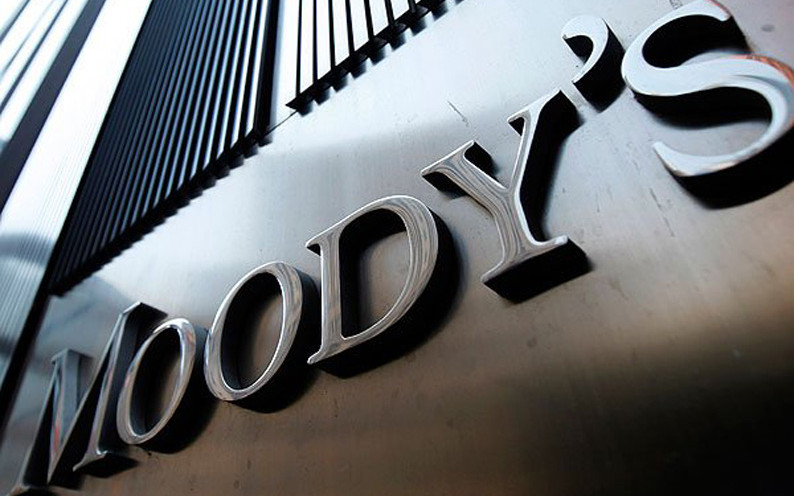Moody’s Investors Service has changed its outlook on the Cypriot banking system to positive from stable, reflecting the rating agency’s view that the country’s economic recovery will restore banks to profitability and improve their weak asset quality.
The outlook expresses Moody’s expectation of how bank credit-worthiness will evolve in Cyprus over the next 12-18 months.
After five years of losses, we expect banks in Cyprus to be profitable in 2016 and foresee a modest 0.3% – 0.5%. Cyprus’ accelerating economic recovery, driven by a revival of tourism, the strengthening business services sector and increased consumer spending, will support momentum in banks’ loan restructurings and generate some new business for the banks.
Moody’s forecasts asset quality to improve for domestic Cypriot banks as a result of these strengthening operating conditions, with the ratio of problem to gross loans continuing to decline to 43%-45% by year-end 2016, still high but below their peak of 55% in September 2015.
The ratings agency notes that the process of balance sheet rehabilitation for the Cypriot banks will be long, given the long cure periods for restructured loans before they are reclassified as performing, the still sizeable amounts of distressed debt banks must tackle and the relatively limited volumes of real estate transactions.
As it is noted, with an aggregate Common Equity Tier 1 ratio of 14.03% for the main domestic banks, capital cushions are adequate under the rating agency’s baseline scenario. However, bank solvency remains vulnerable as a result of persistent low loan loan-loss reserves against the large stock of problem loans — nonperforming loans stood at 141% of equity and balance sheet provisions of the domestic banks at the end of December 2015.
Finally Moody’s expects funding conditions for Cypriot banks to improve. Domestic deposits will continue to grow, reflecting the improved economic conditions. Creditor confidence has strengthened in recent quarters, allowing the Bank Of Cyprus Public Company Limited, the only bank relying on emergency liquidity assistance (ELA) funding from the central bank, to reduce its use of ELA to €2.0 billion as of July 2016, down €9.4 billion from its peak in April 2013.
